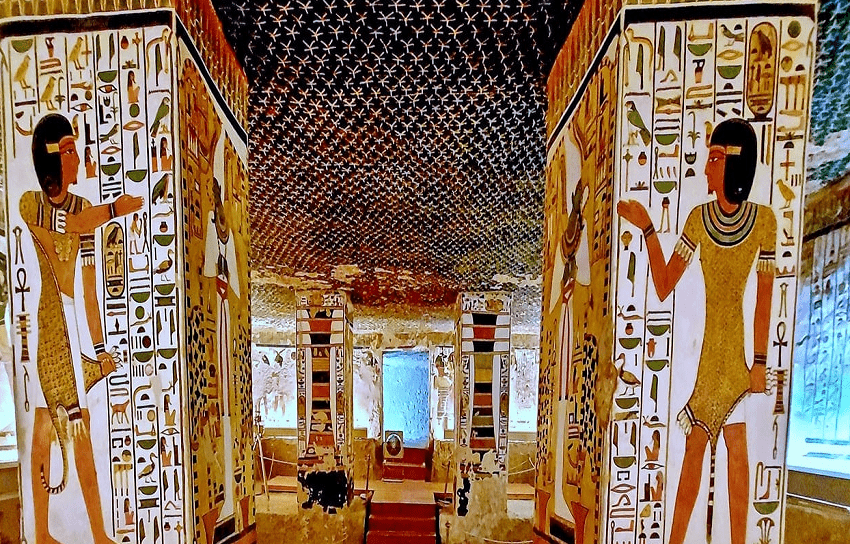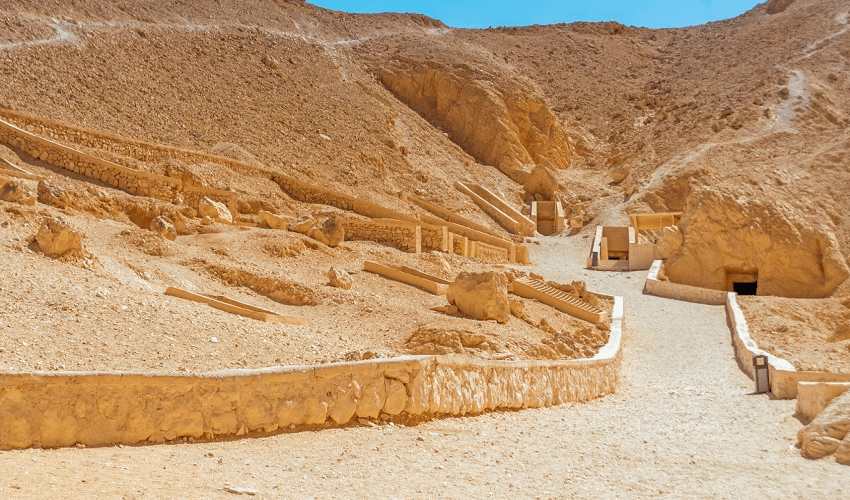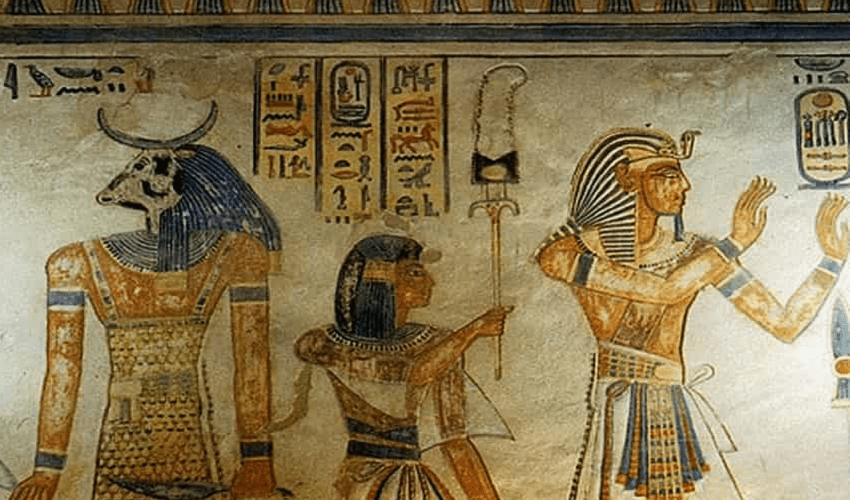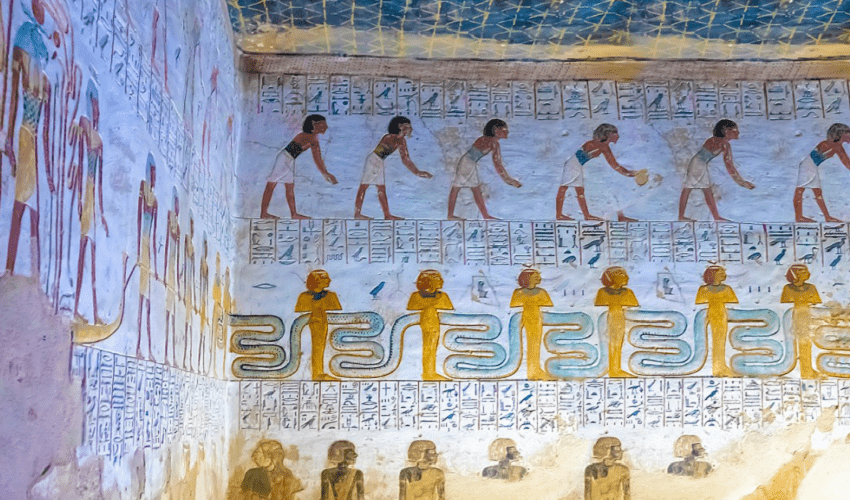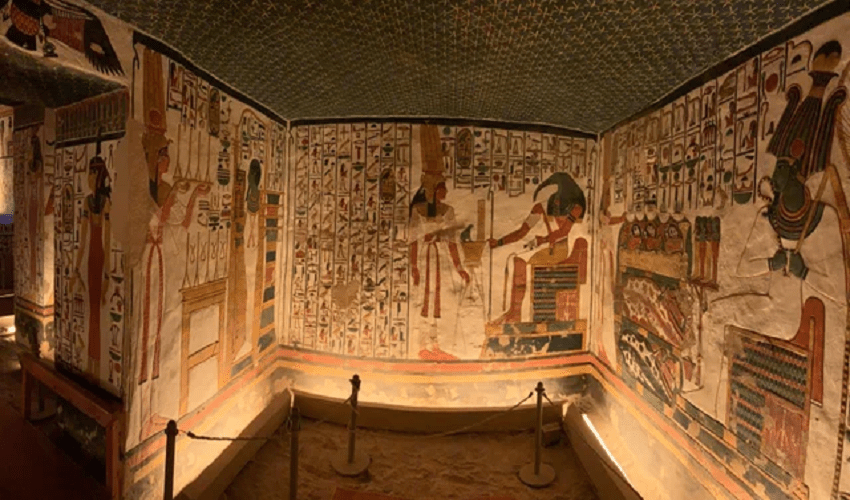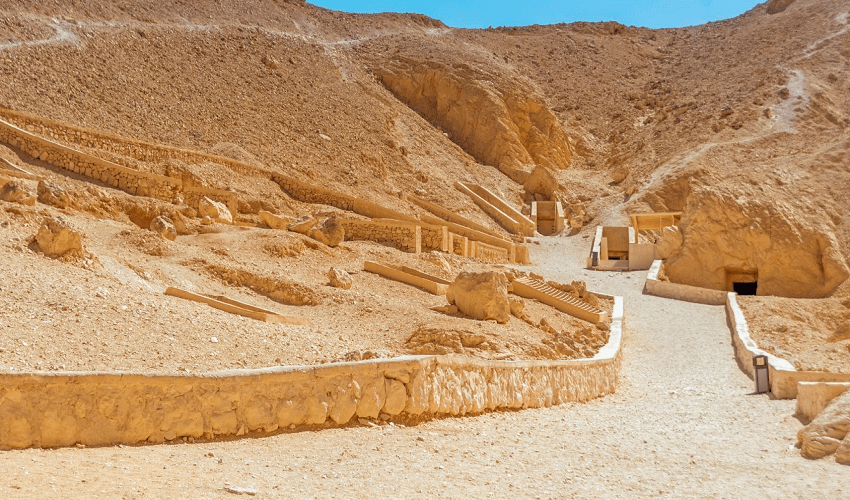The Valley of the Queens, located on the west bank of the Nile near Luxor, is a burial site for the queens and royal children of the New Kingdom (circa 1550–1070 BCE). It served as the final resting place for many of the wives of pharaohs, most notably those of the 18th, 19th, and 20th dynasties.
The valley contains around 90 tombs, with the most famous being that of Queen Nefertari, the beloved wife of Ramses II. Her tomb is renowned for its stunning wall paintings and vibrant colors that depict her in various scenes from the afterlife, showcasing exceptional artistry.
The tombs in the Valley of the Queens vary in size and complexity, but many feature elaborate decorations that reflect the beliefs and rituals associated with death and the afterlife in ancient Egypt. The valley is less crowded than the nearby Valley of the Kings, providing a quieter experience for visitors.
Today, the Valley of the Queens is a UNESCO World Heritage Site and an important archaeological site, offering valuable insights into the lives and beliefs of ancient Egyptian royalty.

